detail profile rudi maerten

Info Pribadi
Peran Yang Di Mainkan Rudi Maerten
 B a filmmaker and insomniac decides...
B a filmmaker and insomniac decides...The Wakeful Sleeper 2021
B., a film-maker and insomniac, decides to rescue his hours of insomnia from the void by filming his quest for sleep. The insomniac asks questions about these different states of consciousness and about the difficulties humans have in synchronising their social rhythms and biological ones.
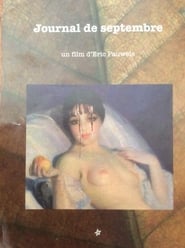 A film made of objects faces...
A film made of objects faces...Journal de septembre 2019
A film made of objects, faces and texts; of lost cats, of found pictures, cut-outs, recreations; a poetic subversion in diary form, one that breaks the calendar into a novel, driving relentlessly as a journey to the end of the world.
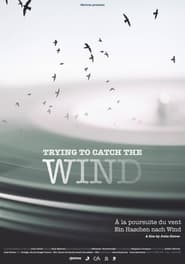 My grand father Wilhelm was a...
My grand father Wilhelm was a...Trying to Catch the Wind 2018
My grand father Wilhelm was a former Wehrmacht soldier. I have been filming him since my adolescence. After his death, I opened a box with memories from WWII he never showed anyone. Did I ever question him on his past? I can’t remember…
 The doors of the abandoned Raverdy...
The doors of the abandoned Raverdy...Behind the Shutters 2018
The doors of the abandoned Raverdy coffee and chicory factory remain closed, just like everything around it. The director – herself a descendant of the Raverdy family (and expecting her first child) – goes in search of the stories behind this sealed-off part of the city. She moves in with her 91-year-old grandmother, who lives over the road. Piece by piece, she is able to reconstruct events leading up to the factory’s closure, using old photos, advertising brochures, myths, language games, conversations with her grandmother and former female factory workers. These memories unfold through different storylines. The factory’s surroundings are explored through a poetic film style, and the history of the nunnery next to the factory is also revealed. This sensitive film is a reflection on the invisible and the forgotten, revolving around women and the changing body.
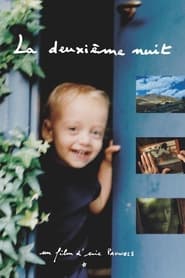 On the death of his mother...
On the death of his mother...The Second Night 2016
On the death of his mother, a filmmaker makes a film to see how much her disappearance has changed his vision of the world. It is an opportunity for him to look back over his relationship with her: a relationship that made him a free individual, as a man and as a filmmaker. The second night is the final part of a trilogy that began with Letter from a filmmaker to his daughter, which was followed by Dreaming films. The making of this " Cabin Trilogy" is the fruit of fifteen years of work and reflection.
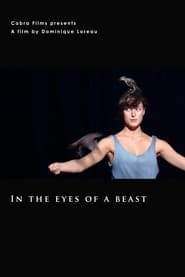 How do humans and animals see...
How do humans and animals see...In The Eyes Of A Beast 2011
How do humans and animals see each other? Dominique Loreau captures astonishing exchanges of “views” between people and animals who coexist in the city, in farms, slaughterhouses, zoos, museums, or in a dance rehearsal room. In The Eyes Of A Beast questions the permeable boundary between man and animal.
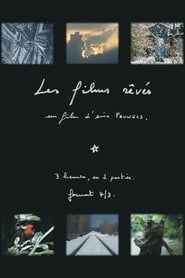 Belgian filmmaker Eric Pauwels meditation on...
Belgian filmmaker Eric Pauwels meditation on...The Dreamed Films 2010
Belgian filmmaker Eric Pauwels' meditation on dream, travel and film.
 Lettre dun cinaste sa fille is...
Lettre dun cinaste sa fille is...Letter from a Filmmaker to His Daughter 2000
Lettre d’un cinéaste à sa fille is a playful, free and personal film in the form of a letter, a film interwoven with a thousand stories knit together with different textures, a book of images where a filmmaker shows the images and the stories he wants to share.
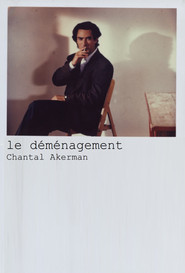 A man stands amid unpacked boxes...
A man stands amid unpacked boxes...Moving In 1993
"A man stands amid unpacked boxes in his new home, delivering an extended monologue on indecision and dislocation. This rarely seen, overlooked gem created by Akerman for television explores the quotidian crises and profound feelings of alienation that run through her work." - BAM
 A film on the gestures of...
A film on the gestures of...The River Banks 1991
A film on the gestures of work, those of a sculptor, a designer, a composer and dancers. A sketch of their relationship to the world subjected to the double gaze of fiction and documentary.
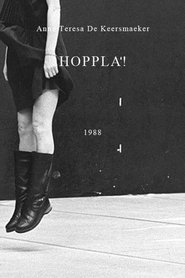 In Hoppla two choreographies by Anne...
In Hoppla two choreographies by Anne...Hoppla! 1988
In Hoppla!, two choreographies by Anne Teresa De Keersmaeker are brought together and performed to the music of the Hungarian composer Béla Bartók: Mikrokosmos, seven short works for two pianos, and Quatuor no. 4, Bartók’s fourth string quartet. The reading room of the Ghent University library, designed by the renowned architect Henry Van de Velde, serves as location.

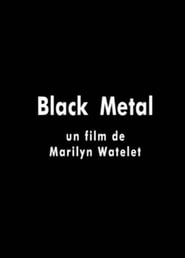 An overview of black metal culture...
An overview of black metal culture... A Senegalese storyteller travels to Belgium...
A Senegalese storyteller travels to Belgium...